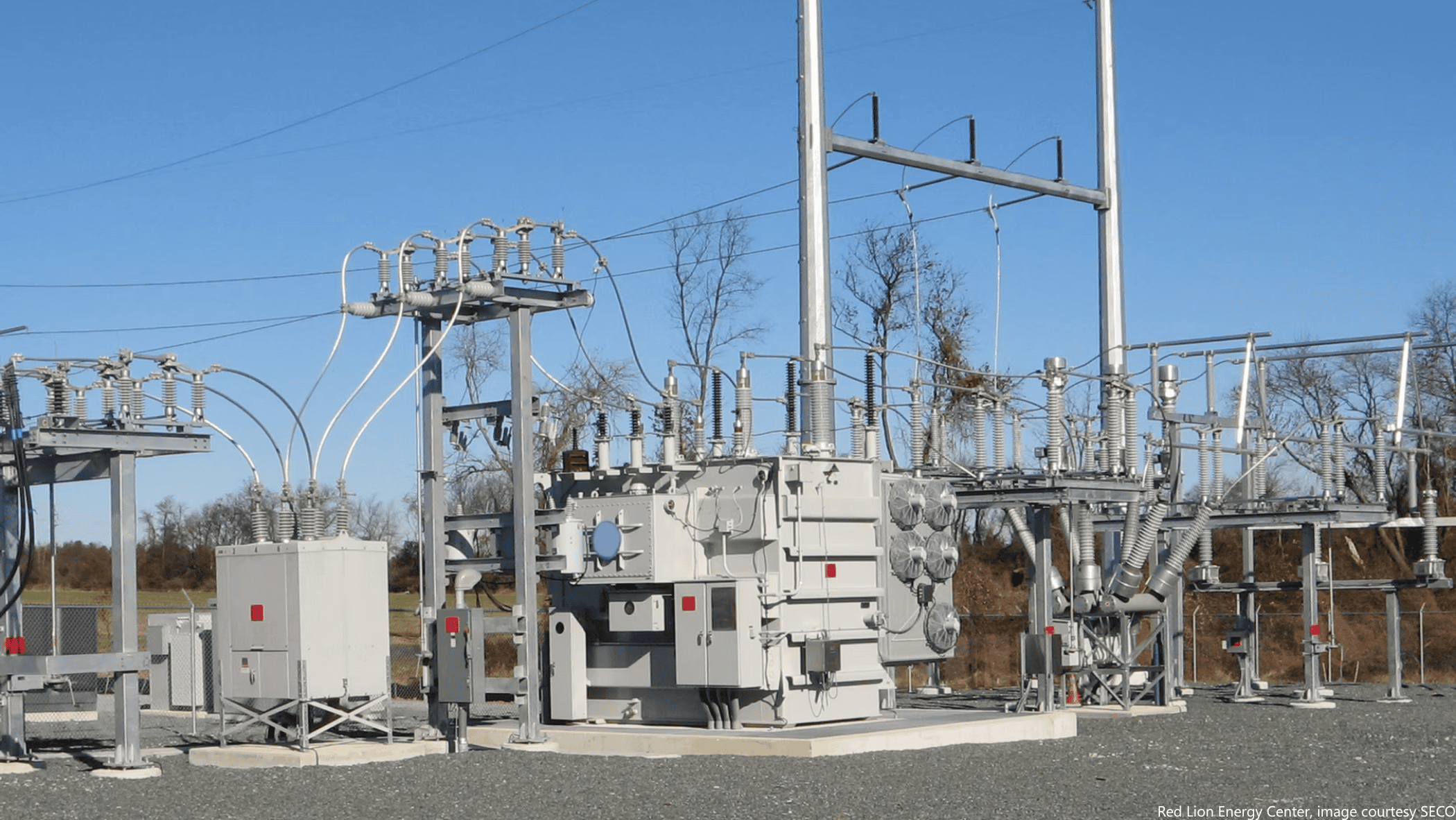Capabilities every substation physical design tool should have
As substations become more complex and utility teams face increasing demands for efficiency, safety, and integration, the software used to design these facilities must evolve.
- Traceable Electrical Model
A design tool must support a fully traceable electrical model to ensure that designs can be validated, documented, and transferred to protection and control systems with confidence. - Intelligent Connector Logic
Engineering rules should be built in, such as preventing connections between incompatible materials (for example, aluminum and copper), to avoid safety and performance issues before they happen. - Guided UI Wizard for Training and Configuration
Getting started shouldn’t require weeks of setup. A guided interface helps new users onboard quickly and ensures consistent configuration across teams. - Clash Detection
Designing for safety means more than fitting parts together. Effective clash detection must support electrical clearance checks and safety envelope validation. - Advanced Design Functions
Lightning protection, grounding systems, and other utility-specific design features must be native to the tool, not bolted on. - Construction & Engineering Standards Validation
Designs should be automatically checked against construction standards, such as conduit fill, bending radius, and pulling tension, to reduce field rework. - “No-code” Style Configurable Automation Rules
Design automation should be accessible. Local standards and rules must be configurable without custom coding to speed up workflows and reduce manual errors. - Integration with Third-Party Analysis Tools
The ability to pass data to grounding analysis and electrical calculation tools is critical for comprehensive design validation. - Open Data Architecture
Substation design shouldn’t be trapped in proprietary data silos. Open architecture ensures better collaboration and smoother transitions between systems. - Integrations with GIS and EAM
Design tools must integrate with enterprise systems to automatically update asset records, reducing duplication and improving data accuracy across the lifecycle.
Ensuring substation physical design tools meet the needs of today’s engineers and utilities is how we build our products. Substation Design Suite – Physical delivers these capabilities as part of a modern, interoperable substation design solution that accelerates productivity, reduces risk, and improves data quality.
If your design tool is missing any of these 10 features, it might be time to explore a smarter way to work.
Click here for more information about our physical substation design platform.
